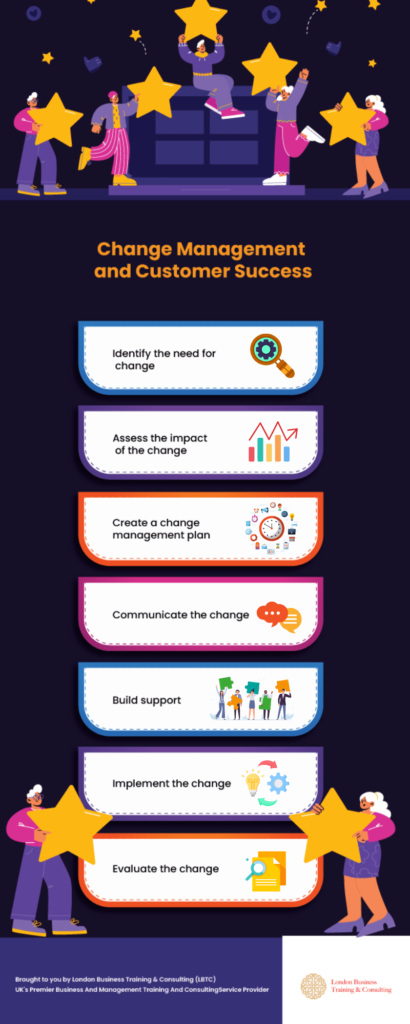
Change can be frightening and advantageous, but by using change management, you can benefit from such changes. Successful change management can promote employee self-discovery and personal growth. Businesses can support this capability by using change management.
When properly implemented, it encourages business leaders and their staff to work together towards common goals and makes people more receptive to change. Here’s how change management can support such personal growth.
How does change management work?
The systematic ways and means by which a business establishes change internally and externally, including its procedures, technologies, and objectives, are called change management. It is accomplished by empowering workers, supporting them, and monitoring numerous actions to guarantee effective implementation. It can be challenging to implement significant organisational change since it frequently involves many employees and calls for collaboration on multiple levels.
The firm must outline the change, implement it gradually, gather and analyse data, make necessary plan modifications, and then return to the implementation stage. There are strategies to use if any employee objects to the change. By describing why, a new approach is required, the justification for the difference may be established. The business may develop the vision, mobilise dedication, and complete the task.
The change affects everyone in an organisation, regardless of role. The thought of change might be frightening to some people. Others, though, could benefit from change since it inspires them to pursue personal growth. Organisations must create a supportive environment where people are encouraged to embrace change since the difference is unique.
Employers should implement change management techniques that assist staff in overcoming their fear of the unknown and viewing change as an opportunity for both professional and personal growth if they want to foster the development of future leaders.
People must clearly understand their objectives and the necessary adjustments to overcome their concerns. Plans for managing change should not only emphasise the drawbacks of the shift but also how to assist people in understanding its advantages. Understanding one’s emotions, strengths, and weaknesses is critical to self-development. Trial and error is a part of the self-development process because failure and mistakes are inevitable on the road to improvement.
Although it may be challenging to begin, when leaders foster an environment where workers feel comfortable sharing their emotions, it helps the organisation move towards the desired change.
You can learn all these tips and lessons in the change management course offered by a renowned management institute, LBTC.


Leave a Reply